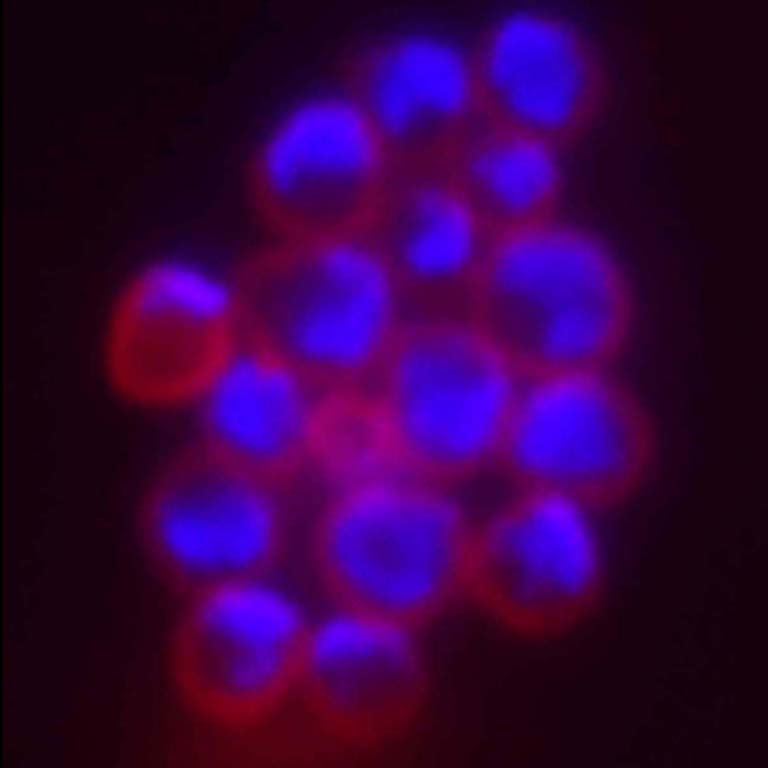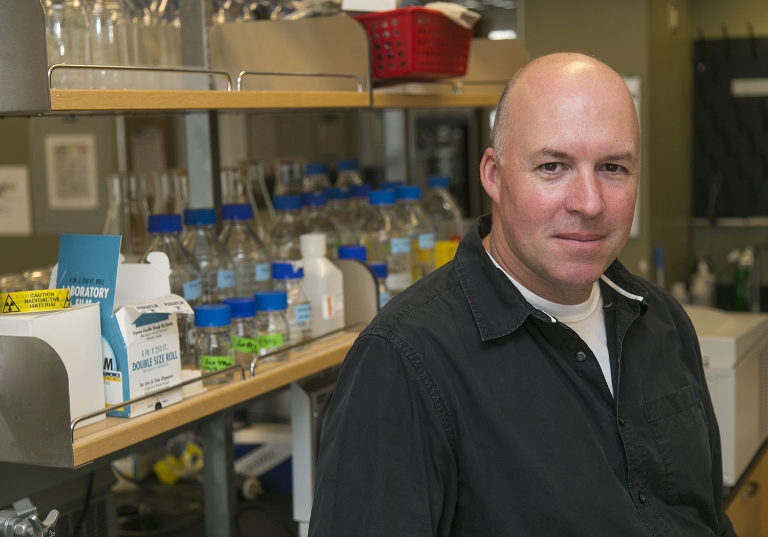A study led by researchers at Indiana University is the first to find similarities between the organization of chromosomes in humans and archaea. The discovery could support the use of archaea in research to understand human diseases related to errors in cellular gene expression, such as cancer.
The lead author on the study is Stephen Bell, a professor of biology and chair of the Department of Molecular and Cellular Biochemistry in the College of Arts and Sciences at IU Bloomington. The study published Sept. 19 in the journal Cell.
The similar clustering of DNA in humans and archaeal chromosomes is significant because certain genes activate or deactivate based upon how they're folded.
"The inaccurate bundling, or 'folding,' of DNA can lead to the wrong gene being switched on or off," Bell said. "Studies have shown that switching the wrong genes on or off during cellular growth in humans can lead to changes in gene expression that can ultimately be carcinogenic."
Archaea are simple single-celled organisms that comprise one of the three domains of life on Earth. Although found in every type of environment, including the human body, archaea are poorly understood compared to the other two domains: bacteria and eukaryotes, which include mammals such as humans. They're also more similar to eukaryotes on the genetic level than bacteria.
The IU study is the first to visualize the organization of DNA in archaeal chromosomes. The key similarity is the way in which the DNA is arranged into clusters—or "discrete compartmentalizations"—based upon their function.
"When we first saw the interaction patterns of the archaea's DNA, we were shocked," Bell said. "It looked just like what has been seen with human DNA."


 The College of Arts
The College of Arts